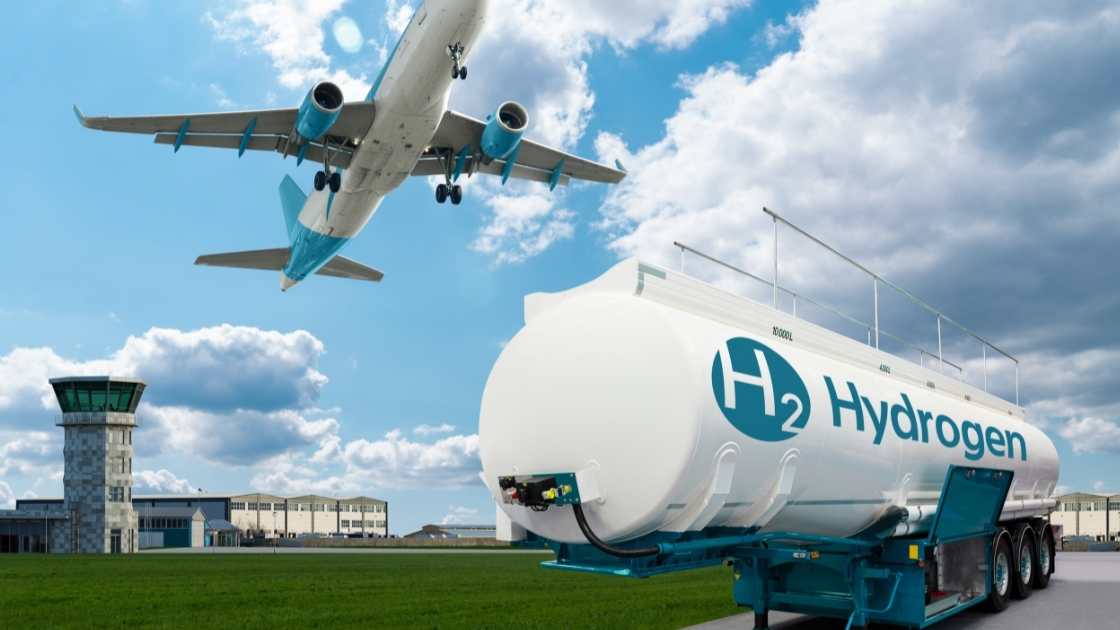According to an official statement issued on Wednesday, Indian scientists created an electrocatalyst system for energy-efficient hydrogen synthesis via urea electrolysis, which is useful for urea-based waste treatment and low-cost hydrogen production.
The energy required to produce hydrogen via water electrolysis can be reduced by 70% using urea electrolysis.
The energy-intensive equivalent of water splitting, oxygen evolution, can be replaced with urea oxidation in urea electrolysis. Low-cost, earth-abundant Ni-based catalysts are widely used in this process.
According to a statement from the Science and Technology Ministry, “the main challenge associated with urea oxidation is maintaining the catalyst’s prolonged activity because strong adsorption of the reactive intermediate (COx) on the active site, referred to as catalyst poisoning, causes activity loss.”
Alex C., Gaurav Shukla, Muhammed Safeer N.K., and Neena S. John of the Centre for Nano and Soft Matter Sciences (CeNS), an autonomous institute of the Department of Science and Technology, developed a nickel oxide (NiOx) based system for producing hydrogen from electro-oxidation of urea to achieve this goal.
They investigated electrocatalysts in a series of papers published in the journals Electrochimica Acta and Journal of Materials Chemistry and found that surface deficient NiO and Ni2O3 systems with more Ni3+ ions are more efficient electrocatalysts than standard NiO.
“Urea electrolysis can be used to treat urea-based waste and produce hydrogen at a low cost. With 244.55 lakh metric tonnes produced in 2019-20, India is one of the world’s leading urea producers. The nitrogenous fertiliser industry generates a high concentration of ammonia and urea as effluents. This can be used to generate energy for the benefit of our country “According to the scientists.

